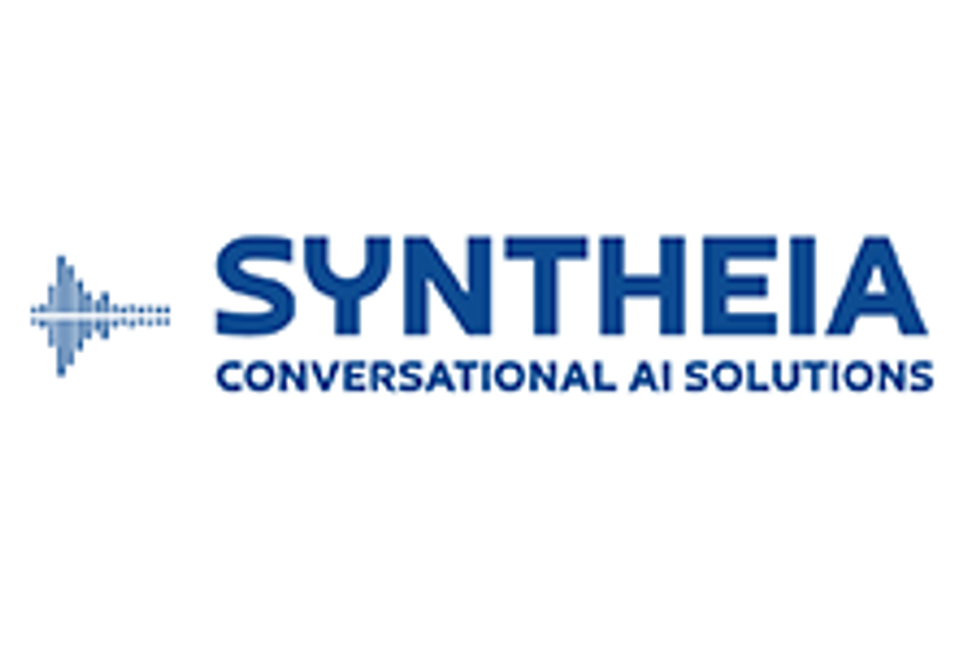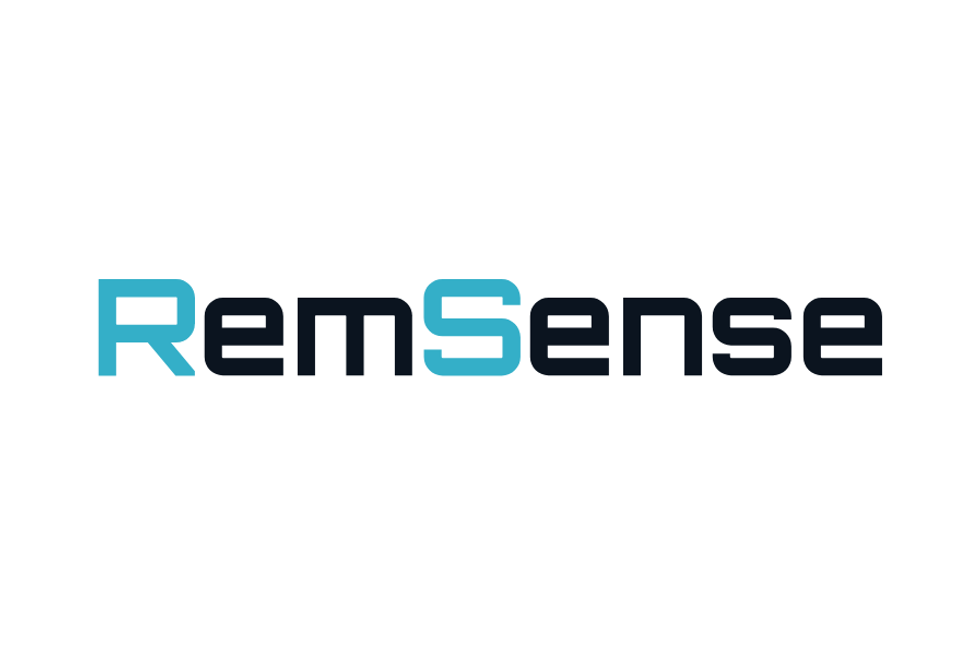AI Market Update: Q1 2025 in Review
AI interest remains high, but can Big Tech deliver on its promises? Learn about current market trends, semiconductor competition and the future of AI agents.

The first quarter of 2025 was dynamic and often volatile for the tech sector. Initial optimism, fueled by investor enthusiasm after a strong 2024, quickly gave way to economic headwinds and market anxieties.
Concerns over monetary policy, global trade tensions and individual company performances led to variations in tech stock valuations, with the Magnificent Seven ultimately experiencing losses by March.
However, Q1 also brought groundbreaking developments in artificial intelligence (AI), intense competition in the semiconductor industry and new developments in AI agents and robotics.
How did tech stocks perform in Q1?
The performance of major tech companies was influenced by a confluence of events and trends in Q1.
The sector began the year in positive territory, reflecting optimism from investors who saw US President Donald Trump’s November victory as a boon for business. However, this upward trend proved short-lived.
Economic headwinds, most notably cautious monetary policy and investor anxieties about global trade disruption, triggered a market downturn that resulted in periods of tech stock selloffs.
The tech market did demonstrate some signs of recovery in the final week of the quarter.
AI results impact major tech players
Outside overall market impacts, tech companies experienced their own fluctuations in Q1.
Intel (NASDAQ:INTC) was boosted by acquisition rumors and a stronger-than-expected Q4 performance, after starting the year down nearly 60 percent from January 2024. Leadership changes mid-March and reports of a restructuring to its chip-manufacturing business further improved the firm's share price performance.
More broadly, the market's response to earnings reports highlighted the significant impact of cloud computing, AI investment strategies and future guidance for Big Tech companies.
Amazon (NASDAQ:AMZN), for example, fell after its results revealed weakness in its cloud computing unit despite revenue that exceeded estimates. Similarly, Alphabet (NASDAQ:GOOGL) and Microsoft (NASDAQ:MSFT) saw their share prices decline after capacity restraints were cited as a limitation for both companies.
In contrast, Meta Platforms (NASDAQ:META) surged after it announced substantial AI investments and released results that exceeded expectations. Meanwhile, concerns about Apple's (NASDAQ:AAPL) AI strategy and sales in Asia led to turbulence in its trading patterns throughout the quarter. Even NVIDIA's (NASDAQ:NVDA) share price initially dipped following strong earnings, driven by market concerns about competition and geopolitical tensions.
Emergent player CoreWeave's (NASDAQ:CRWV) journey to its initial public offering demonstrated the volatile and challenging nature of going public in the rapidly evolving AI sector. After its initial announcement revealed a 700 percent increase in 2024 revenue, the company made major moves leading up to its debut, acquiring Weights & Biases for US$1.7 billion before securing a five year, US$11.9 billion cloud services contract with OpenAI.
However, CoreWeave's March 28 IPO coincided with a hotter-than-expected inflation reading, and the company raised roughly US$1 billion less than its target, with both the number of shares and share price lower than expected.
China's DeepSeek makes AI market waves
Beyond individual company performances, the quarter was marked by key developments in AI.
The release of China's open-source AI model, DeepSeek-R-1, created a significant market disruption when it was reported to perform comparably to models from OpenAI and Anthropic at a significantly lower training cost: US$5.6 million compared to the US$500 million OpenAI reportedly spent to train o1.
The market’s reaction resulted in a 17 percent loss to NVIDIA's market cap, the largest single-day loss for any company on Wall Street. The Philadelphia Semiconductor Index (INDEXNASDAQ:SOX) lost 9.2 percent.
OpenAI’s Sam Altman expressed curiosity and excitement about the competitor, while others saw it as a development that could increase return on investment for companies using AI and drive further innovation.
“We still don’t know the details and nothing has been 100 percent confirmed … but if there truly has been a breakthrough in the cost to train models from US$100 million+ to this alleged US$6 million number this is actually very positive for productivity and AI end users,” said Jon Withaar, senior portfolio manager at Pictet Asset Management.
Since its release, DeepSeek has been noted to have potential issues with accuracy and security.
Other companies making strides in AI training speed this past quarter include Foxconn Technology (TPE:2354), which reportedly trained its large language model (LLM), FoxBrain, in four weeks.
Celestial AI secured funding to advance photonics technology for more efficient AI computing, and Cohere introduced Command A, an LLM focused on business needs and optimized for efficient inference.
Pluralis Research received funding for its work on decentralized AI systems and “protocol learning,” a method designed to enable collaborative and distributed AI model training.
NVIDIA's chip-making competitors
Competition within the chip industry heated up in the first quarter as AI spending enthusiasm shifted to other semiconductor companies and custom chip development advanced.
Barclay’s (NYSE:BCS,LSE:BARC) analyst Thomas O’Malley reaffirmed his "buy" rating for NVIDIA on January 20 and raised his price target to US$175, but warned that NVIDIA's customers are looking for alternatives to its GPUs.
He identified Marvel Technology (NASDAQ:MRVL) and Broadcom (NASDAQ:AVGO) as NVIDIA's biggest contenders, adjusting their price targets to US$150 and US$260, respectively.
For its part, Taiwan Semiconductor Manufacturing Company (TSMC) (NYSE:TSM) has continued to experience strong demand for its chip-making services. Its quarterly profits for Q4 2024 reached a record, and the company is anticipating strong revenue growth moving forward. The firm has planned significant investments in technology and capacity, including US$100 billion for new facilities to boost US chip production.
ASML Holding (NASDAQ:ASML), the sole producer of the EUV lithography machines crucial for advanced AI chips, also exceeded Q4 earnings expectations, resulting in a positive effect on its share price.
AI agents and other emerging tech
Looking ahead, the market for AI agents — autonomous entities that can take actions to achieve specific goals — is poised for expansion. At its annual GPU Technology Conference, held from March 17 to 21, NVIDIA's CEO emphasized a shift from generative AI to physical AI, describing AI agents as a “multi-trillion dollar opportunity."
Strategic acquisitions, such as ServiceNow's intention to buy Moveworks, underscore the growing importance of agentic AI in enterprise solutions. Amazon Web Services is developing a team focused on developing agentic AI, betting on increased client spending for automation. Meta is gearing up to test AI agents for small businesses, and OpenAI is developing premium agent offerings for business and academic pursuits.
While these advancements are exciting, challenges remain, with Gartner predicting a sharp rise in AI agent-related security breaches by 2028. To address reliability, Microsoft is developing "deep reasoning agents."
The first quarter of 2025 also signaled a major acceleration in robotics development, with Google's new Gemini Robotics models and partnership with Apptronik indicating AI and robotic integration. The US$2 billion valuation for Kyle Vogt's the Bot Company suggests the robotics sector is poised for growth and market expansion.
Advances like Eliza Wakes Up's humanoid and Figure AI's in-house development signal the potential for near-term commercial availability. Funding activity, with Field AI seeking a US$2 billion valuation and Aescape securing US$83 million in strategic funding, demonstrates investor confidence in the potential of robotics.
AI data centers signal growth
The massive investments in data centers announced in Q1 foreshadow an expansion of AI infrastructure.
The Trump administration has partnered with executives from Oracle (NYSE:ORCL), OpenAI and SoftBank (TSE:9984) for a four year, US$500 billion AI infrastructure project dubbed Stargate. MGX, an Abu Dhabi-based technology investment firm focused on AI, is another equity partner in the Stargate project.
Separately, MGX is a founding partner in the AI Infrastructure Partnership, a group that includes BlackRock (NYSE:BLK), Global Infrastructure Partners and Microsoft. It is reportedly aiming to invest up to US$100 billion in US and OECD AI infrastructure. NVIDIA and xAI joined the consortium in the first quarter.
This large-scale infrastructure development is mirrored by substantial investment and product development plans from individual tech giants. Apple, Amazon, Microsoft and Meta have all revealed plans for significant AI-related investments in the coming months that include data center builds and product releases, while NVIDIA has committed to spending "hundreds of billions of dollars in the US," emphasizing TSMC's manufacturing role in supply chain resilience.
OpenAI is also reportedly finalizing the design for its first in-house AI chip, with a long-term goal of mass production at TSMC by 2026; it is also in talks to build its first data center for storage in Texas near the Stargate data center.
These developments point to a future where data centers become the battleground for AI dominance, with significant implications for energy consumption, hardware demand and technological advancement.
Investor takeaway
Wrapping up the quarter, Nick Mersch, portfolio manager at Purpose Investments, hosted an "ask me anything" session on Reddit (NASDAQ:RDDT) to share insights on what investors should consider when evaluating tech stocks.
“The number one predictor of stocks over time is their earnings power. Invest in companies that are growing earnings more than the overall market and you will win. This is easy in theory but difficult in practice. You need to look at secular trends in order to skate to where the puck is going. It is much easier to pick a winner in a sector that has strong overall growth than picking through the rubble of a beaten-down industry," said Mersch.
“However, you do also have to recognize that sometimes, this is cyclical. That's why I like to pick companies that are what I call 'compounders.' These are companies that are growing both top line (revenue) and bottom line (earnings) at a solid rate and are reinvesting in new growth avenues. At the end of the day, you need cash flow generative companies."
Mersch added, “Look for three things — earnings, earnings, and earnings.”
Don’t forget to follow us @INN_Technology for real-time news updates!
Securities Disclosure: I, Meagen Seatter, hold no direct investment interest in any company mentioned in this article.
- AI Market 2024 Year-End Review ›
- How to Invest in OpenAI's ChatGPT ›
- AI Stocks: 9 Biggest Companies ›
- Is Now a Good Time to Invest in AI? ›
- How to Invest in Artificial Intelligence ›



